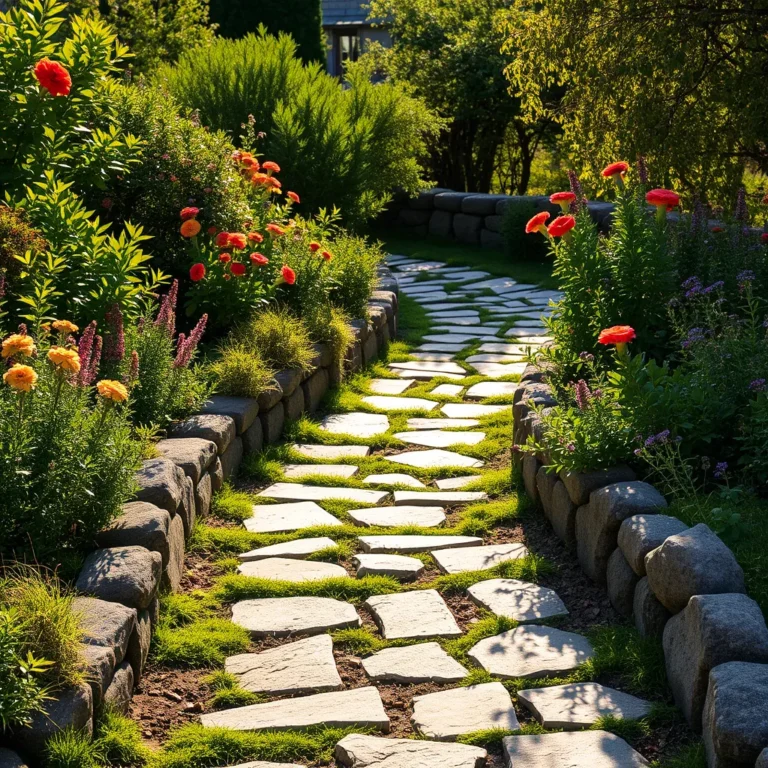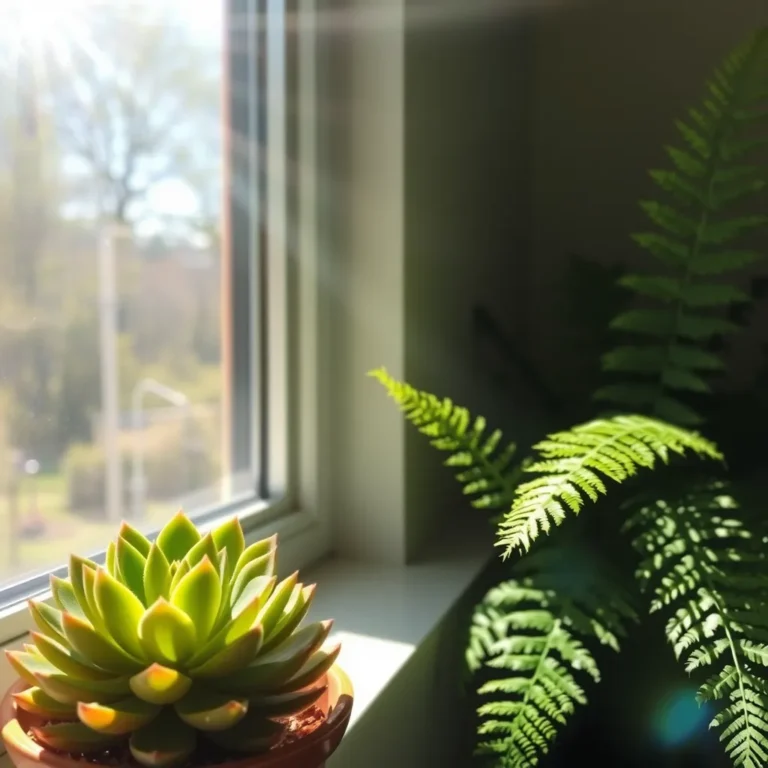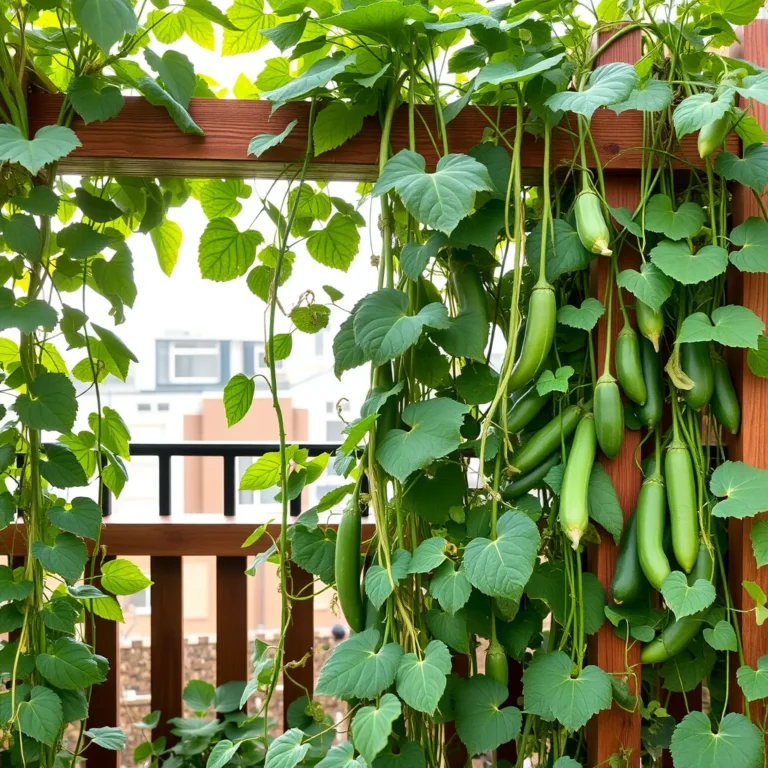9 Easy Herbs to Grow in Your Kitchen Garden Today
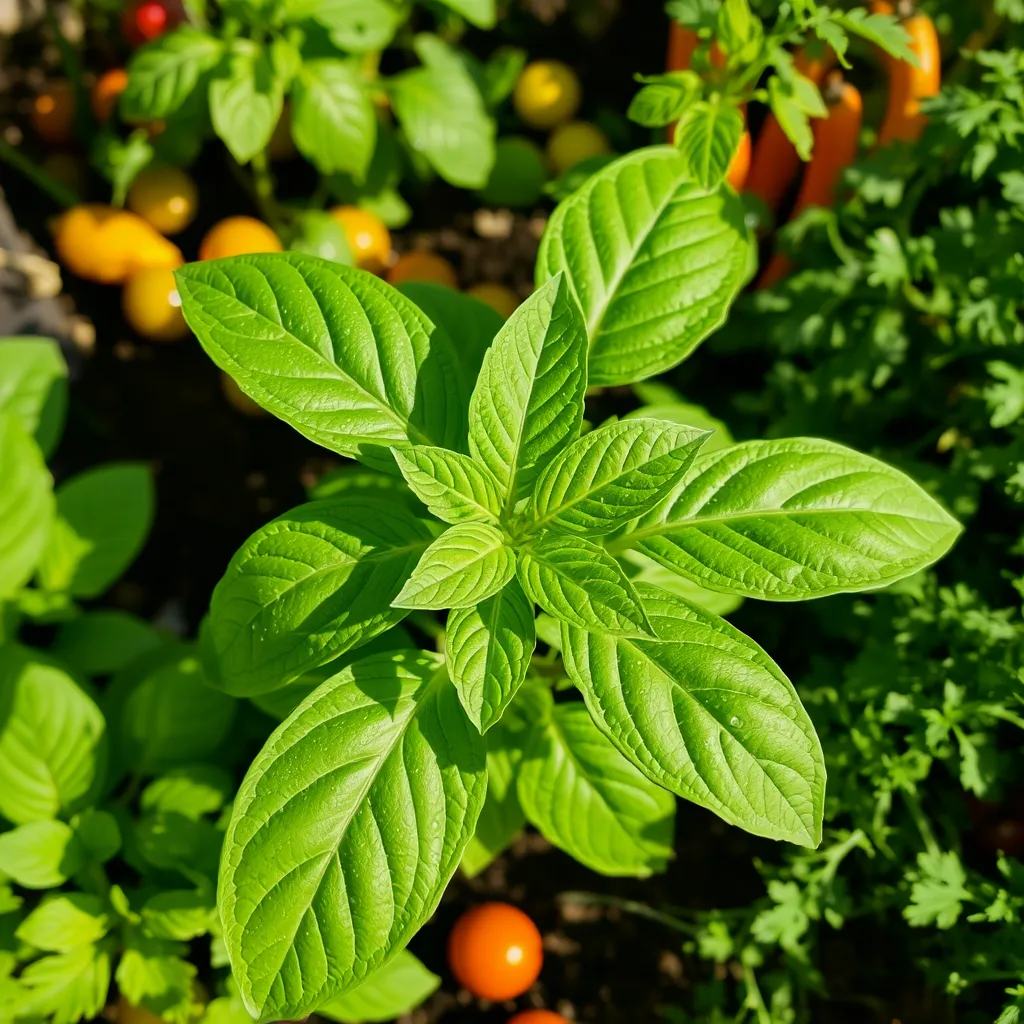
Are you ready to elevate your kitchen with fresh flavors? Growing herbs in your kitchen garden is easy and rewarding. In this guide, I’ll share nine herbs that thrive in small spaces and add zest to your meals. You’ll learn how to care for each one, from basil’s sweet notes to cilantro’s vibrant taste. Let’s dig into the simple steps to create your herb haven today!
Basil: Characteristics, Growing Requirements, and Culinary Uses
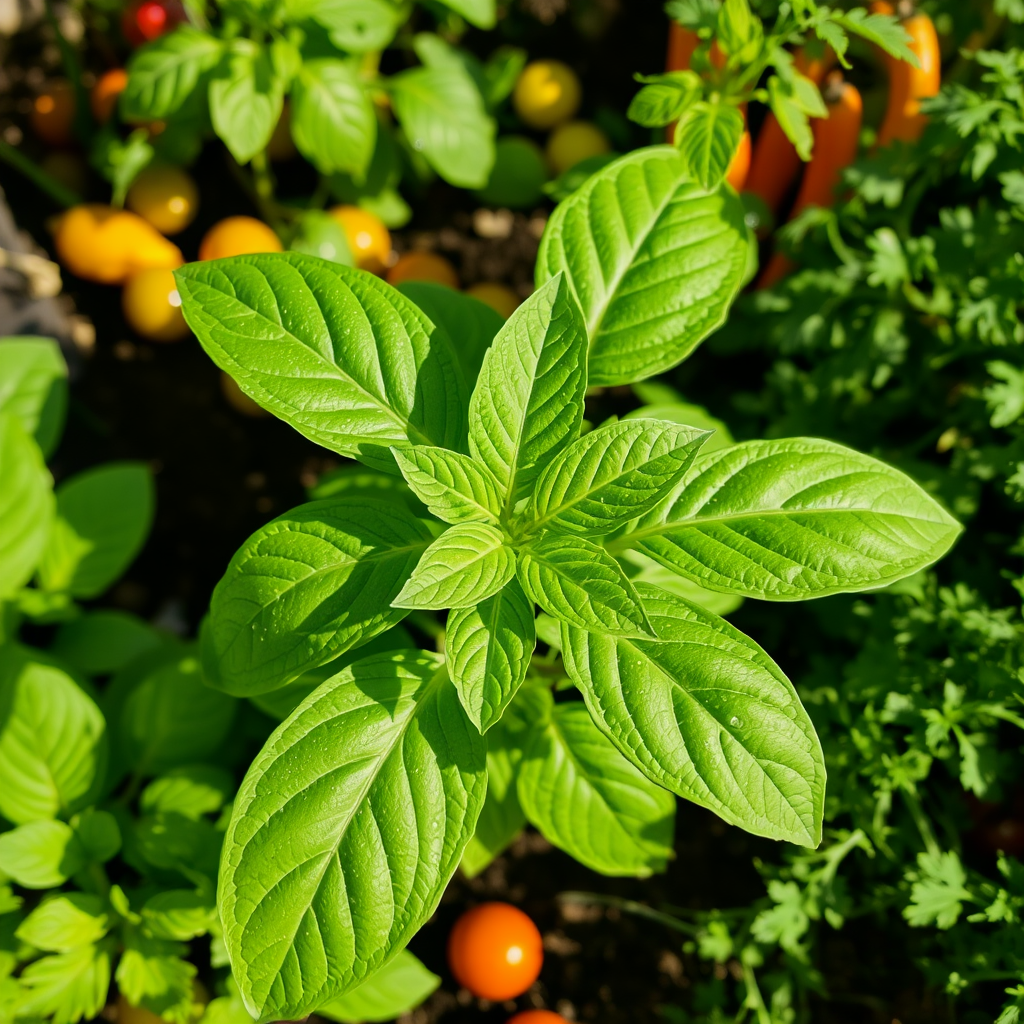
Basil is a sweet herb with bright green leaves. It grows fast and loves warm weather. You need to plant it in well-drained soil. Basil thrives in full sun, so pick a sunny spot in your garden. Water it often but do not drown it. You can use basil in many dishes. It is great in pasta, salads, and pizzas. Fresh basil adds a burst of flavor.
Parsley: Care Instructions and Health Benefits

Parsley is a leafy herb that is easy to grow. It can grow in sun or shade. Plant it in rich, moist soil. Water it regularly to keep the soil damp. Parsley is full of vitamins and minerals. It helps with digestion and boosts your immune system. You can chop it up and add it to soups or use it as a garnish.
Chives: Best Growing Conditions and Culinary Applications
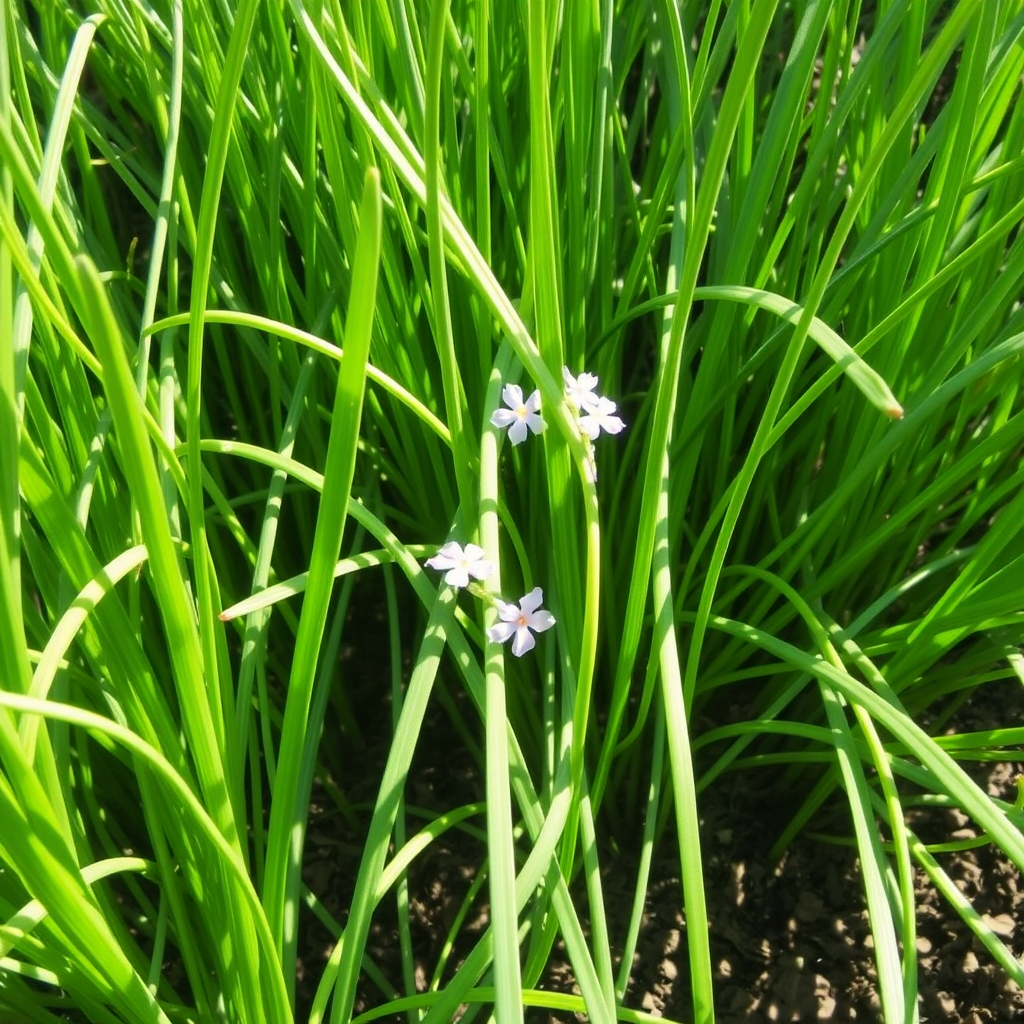
Chives have thin, green stems and a mild onion taste. They grow best in sunny spots but can handle some shade. Plant them in well-drained soil, and water them lightly. Chives are great in salads, eggs, and dips. You can snip them right from the garden. Their fresh flavor makes dishes more tasty.
Mint: Planting and Maintenance Tips

Mint is one of the easiest herbs to grow. It thrives in pots or gardens. When you plant mint, use rich soil. Water it well, but do not overwater. Mint loves sunlight, so place it in a sunny spot.
You should prune your mint often. This helps it stay bushy and fresh. Harvest leaves as needed. This keeps your mint healthy and tasty. Mint can spread quickly, so consider using a pot if you want to control it.
Thyme: Light Requirements and Usage in Cooking
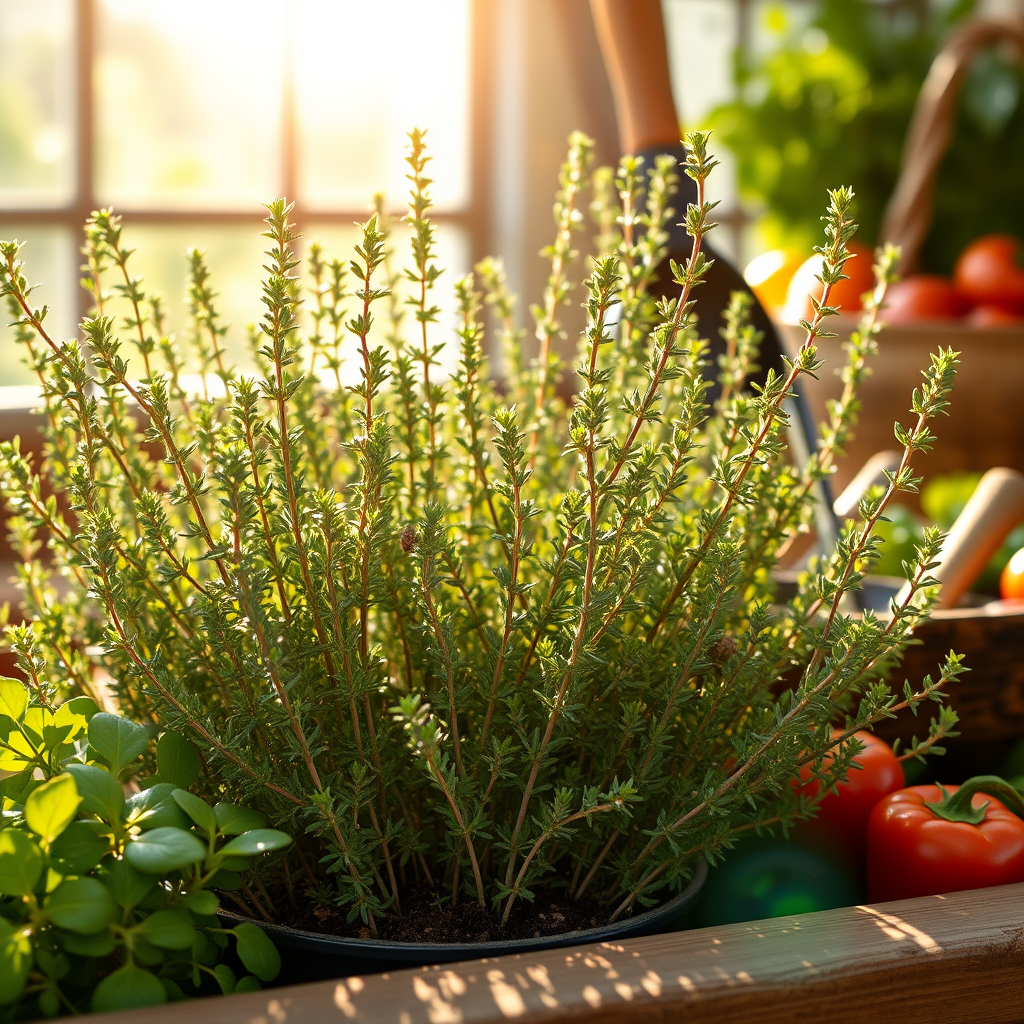
Thyme loves bright light. It needs at least six hours of sun each day. You can grow it indoors or outdoors. When cooking, thyme adds a nice flavor to many dishes.
Use it in soups, stews, or with meats. Fresh thyme is great, but dried thyme works too. Pick leaves often to keep the plant growing. This helps you have fresh thyme all year.
Oregano: Soil Preferences and Medicinal Properties

Oregano prefers well-drained soil. It does not like to sit in water. A sandy mix works well for this herb. Oregano is known for its strong flavor.
You can use it in Italian dishes, like pizza and pasta. It also has health benefits. Oregano has antioxidants that help fight illness. Regularly cut back the stems to promote new growth. This keeps your oregano healthy and ready for your meals.
Cilantro: Care Tips and Flavor Profile
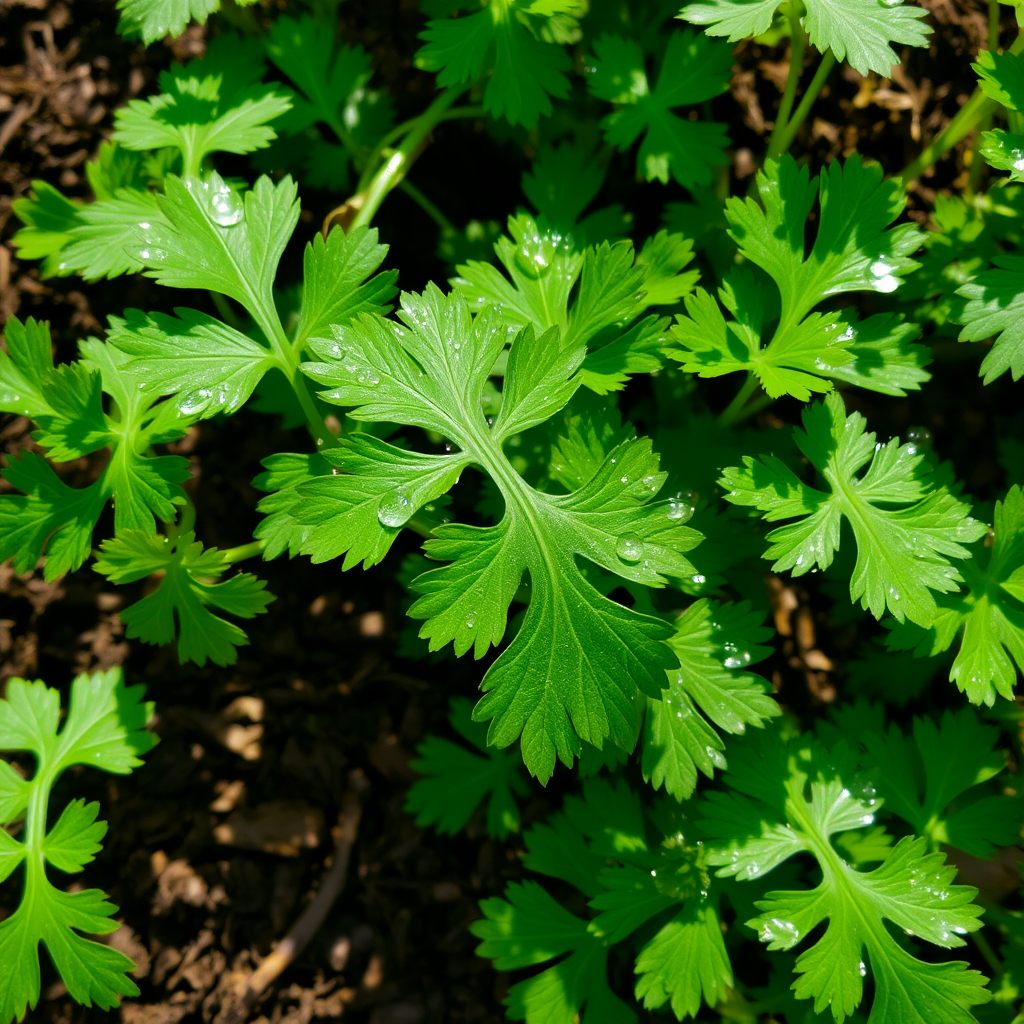
Cilantro loves sunny spots. You should plant it in well-drained soil. Water it regularly, but do not let it sit in water. Cilantro grows fast. You can harvest it in about three to four weeks.
The taste of cilantro is fresh and bright. Some people love its flavor, while others do not. It works well in salsa, salads, and soups. You can also use it as a garnish.
Dill: Growing Conditions and Usage in Dishes
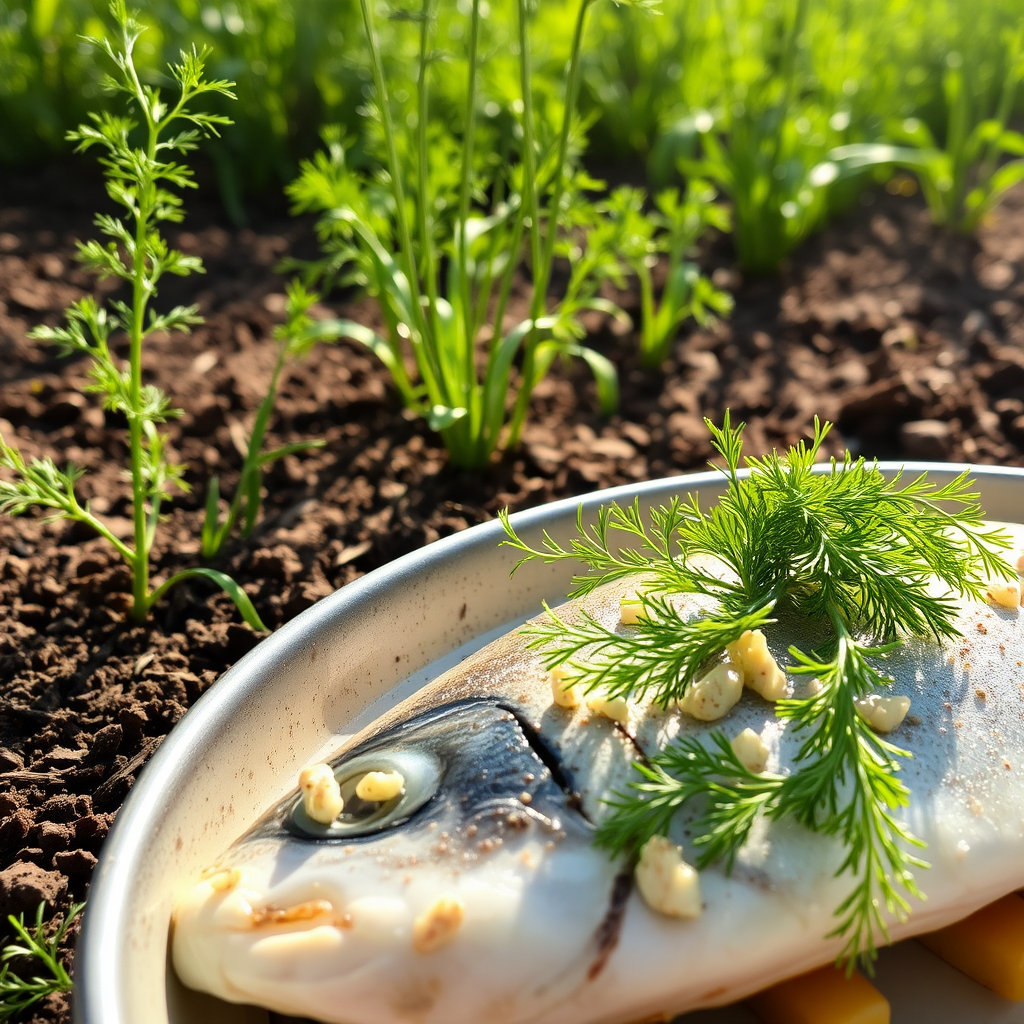
Dill enjoys a sunny spot and rich soil. It needs about six hours of sun each day. Water it well, especially in hot weather. Dill can grow tall, so be ready to support it.
You can use dill in many dishes. It adds a nice flavor to fish and pickles. Sprinkle fresh dill on salads or in yogurt dips. It is also great in soups and sauces.
Sage: Harvesting Techniques and Health Benefits

Sage prefers a sunny area with well-drained soil. It is drought-tolerant, so water it less often. You can start to harvest sage leaves when the plant is big enough. Use clean scissors to cut stems.
Sage has a strong, earthy flavor. It works well in meat dishes and stuffing. It also has health benefits. Sage may help with digestion and has antioxidants.
Additional Tips for Growing Herbs in Your Kitchen Garden

Start with good soil. Use potting mix or rich garden soil. Herbs need nutrients to grow well.
Give your herbs enough sunlight. Most herbs need at least six hours of sun. If you have a sunny window, use it.
Water your herbs wisely. Water them when the top inch of soil feels dry. Overwatering can kill your plants.
Use pots with drainage holes. This helps excess water escape. Herbs hate sitting in water.
Fertilize your herbs lightly. Use a balanced, slow-release fertilizer. Too much can harm your herbs.
Prune your herbs often. This helps them grow bushy and strong. Remove dead leaves and stems.
Rotate your herbs. Change their pots or spots in the garden. This helps them get fresh nutrients.
Keep an eye out for pests. Watch for small bugs on leaves. Remove them by hand or use safe sprays.
Common Mistakes to Avoid When Growing Kitchen Herbs
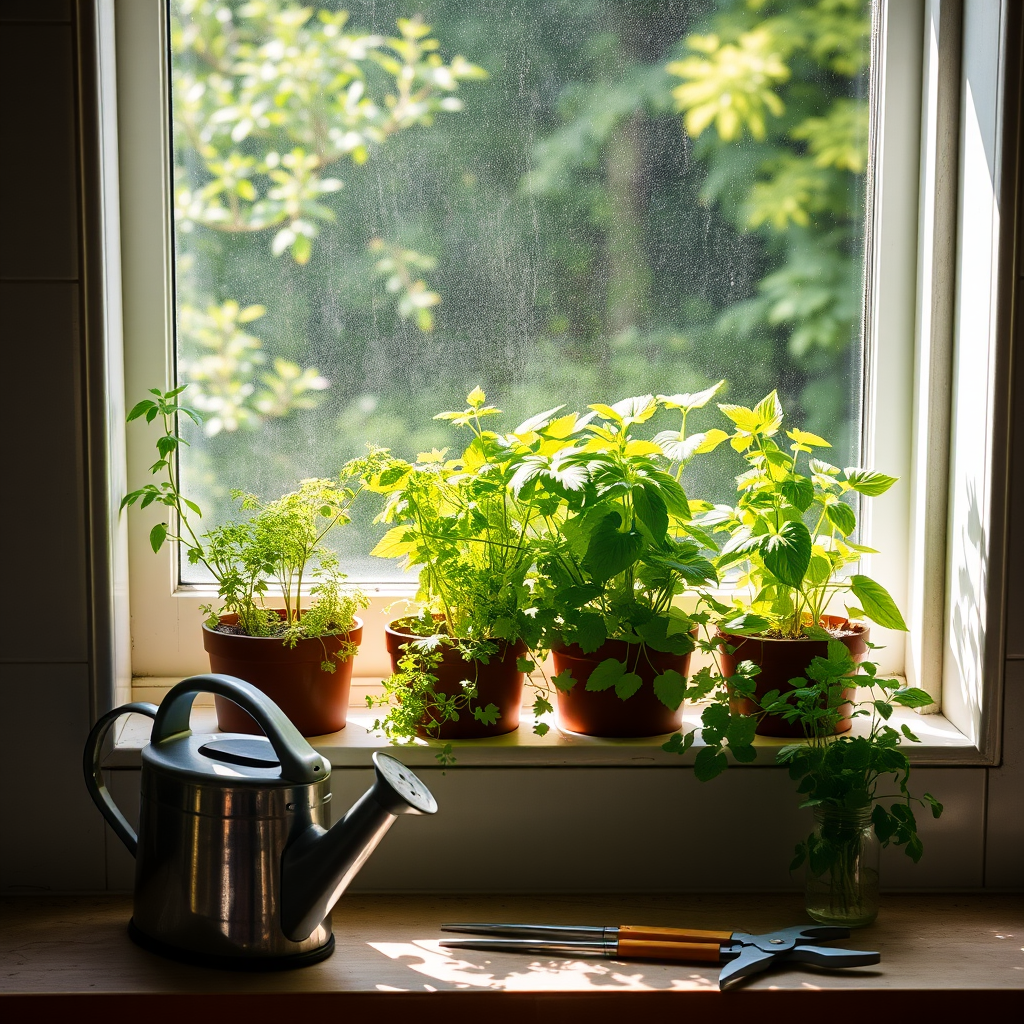
One big mistake is not using enough light. Herbs need sun to grow. Without it, they will not thrive.
Another mistake is planting too close together. Herbs need space to grow. Crowded plants can lead to weak growth.
Overwatering is also common. Many beginners think herbs need lots of water. This can lead to root rot.
Ignoring pests can ruin your herbs. Always check for bugs or signs of disease.
Not pruning your herbs can make them leggy. Trim them back to encourage bushy growth.
Skipping regular feeding can stunt your herbs. They need nutrients to grow strong.
Finally, be patient. Herbs take time to grow. Rushing can lead to poor results.
Benefits of Home-Grown Herbs for Cooking and Health
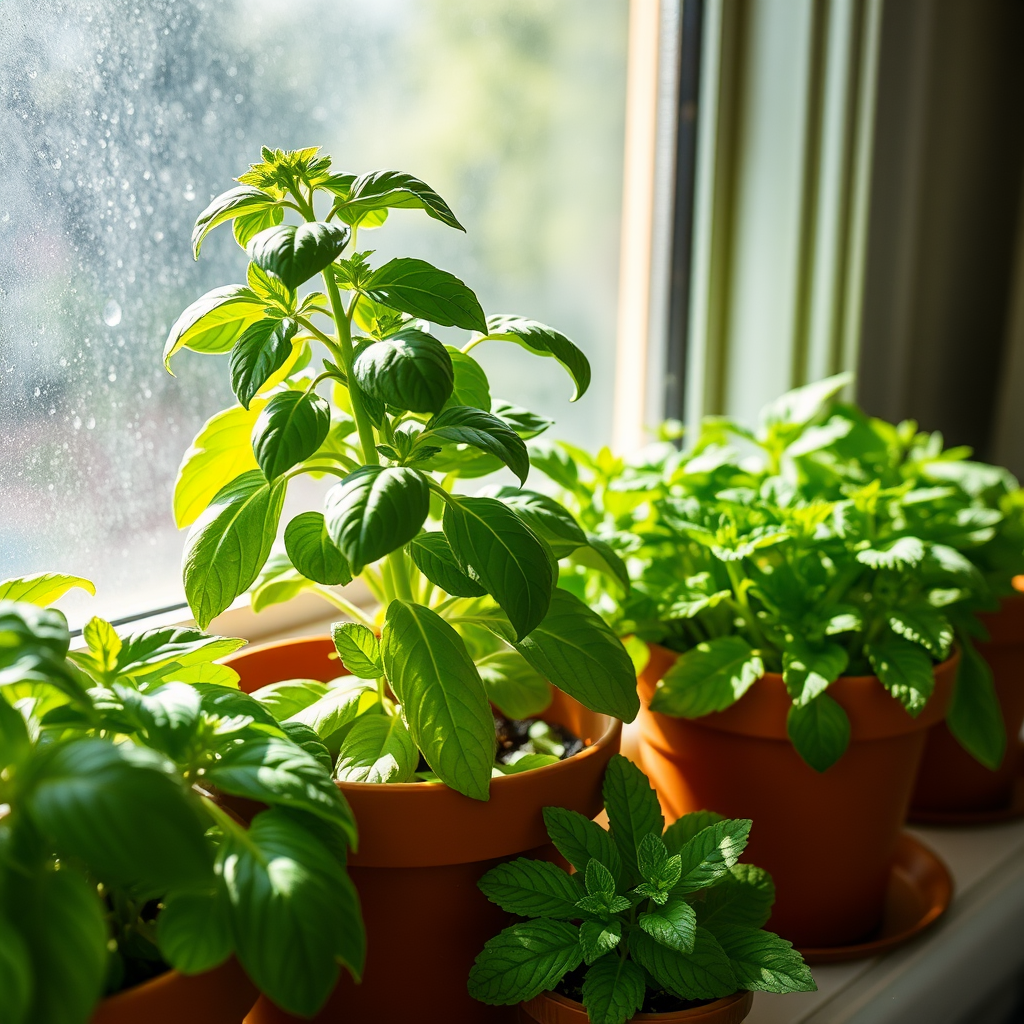
Growing your own herbs gives you fresh flavors. Home-grown herbs taste better than store-bought ones. You can pick them right before cooking.
Herbs are packed with nutrients. They can boost your health and add flavor to meals.
Many herbs have health benefits. Basil can help with digestion, while mint can soothe.
Growing herbs is cost-effective. You save money by not buying them at the store.
You can control what goes on your herbs. No chemicals or pesticides mean safer food.
Herbs can add color to your kitchen. A small herb garden looks great on a windowsill.
Finally, growing herbs is a fun hobby. It can reduce stress and improve mood.
Conclusion
In this blog post, we explored various herbs like basil, parsley, and mint, and shared how to grow and use them. Each herb has unique features and benefits, from care instructions to culinary uses. Home-grown herbs add flavor and health benefits to your meals. By following the tips shared, you can avoid common mistakes and enjoy the rewards of your kitchen garden. Start growing your herbs today for fresh flavors and nutrients. They will enhance your cooking and elevate your meals.

